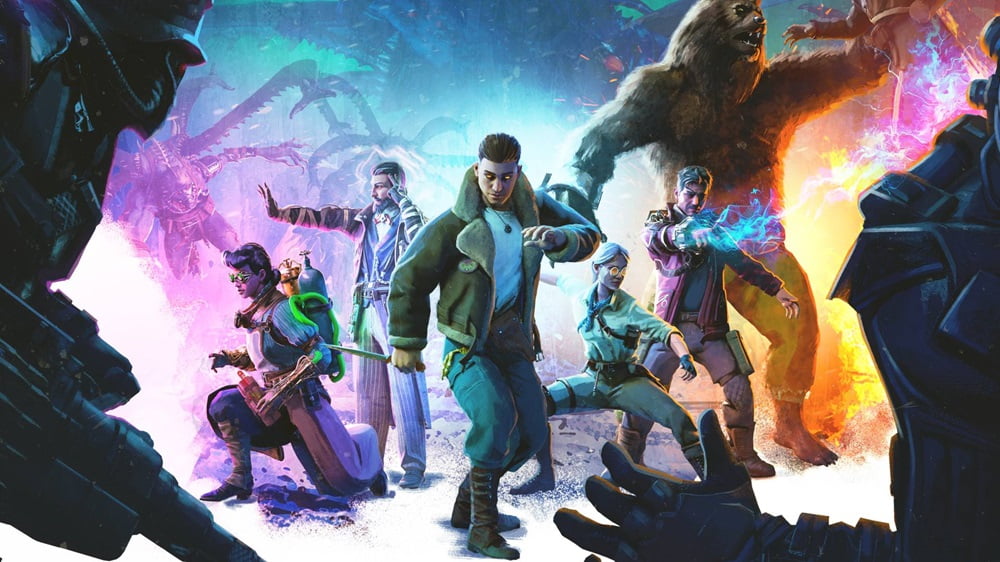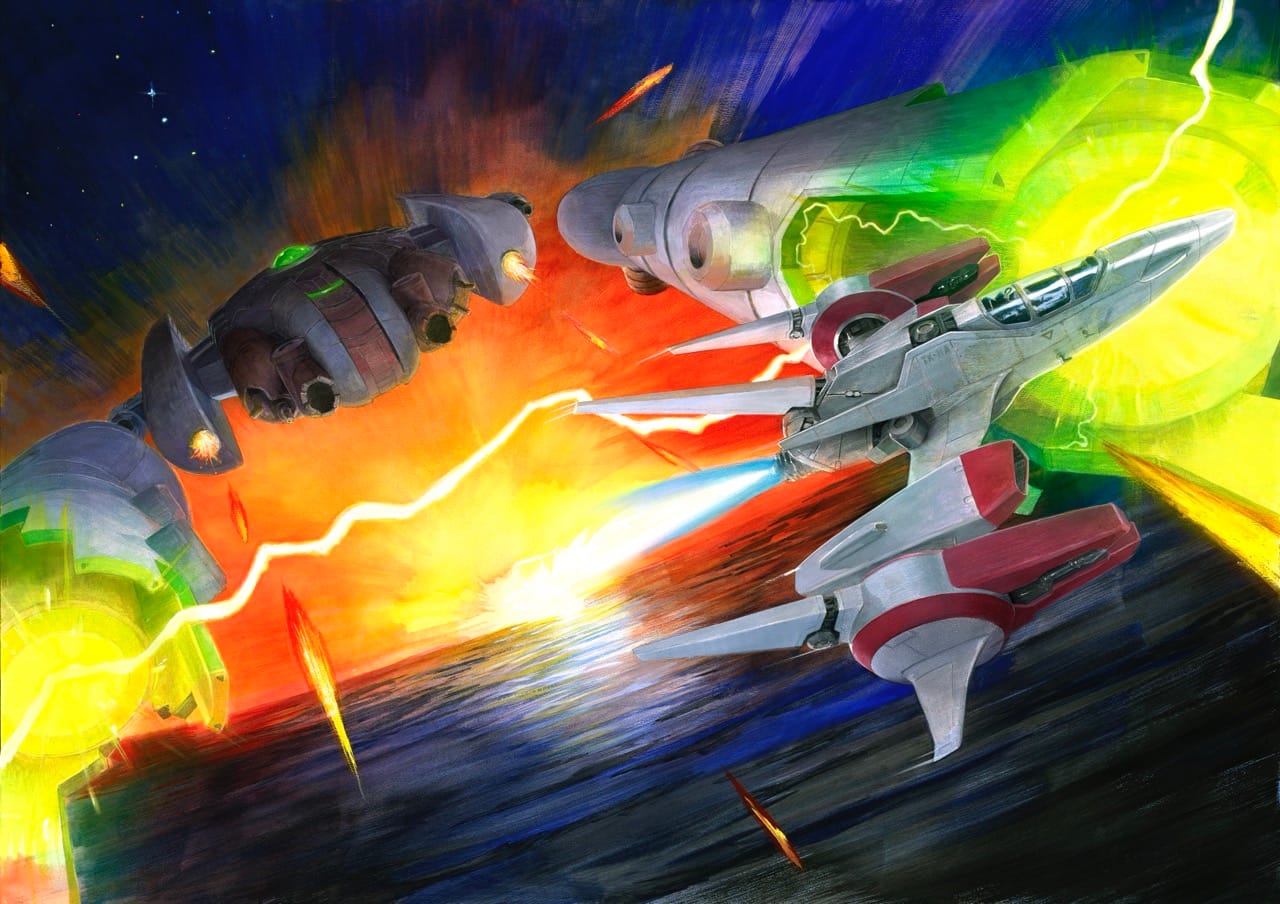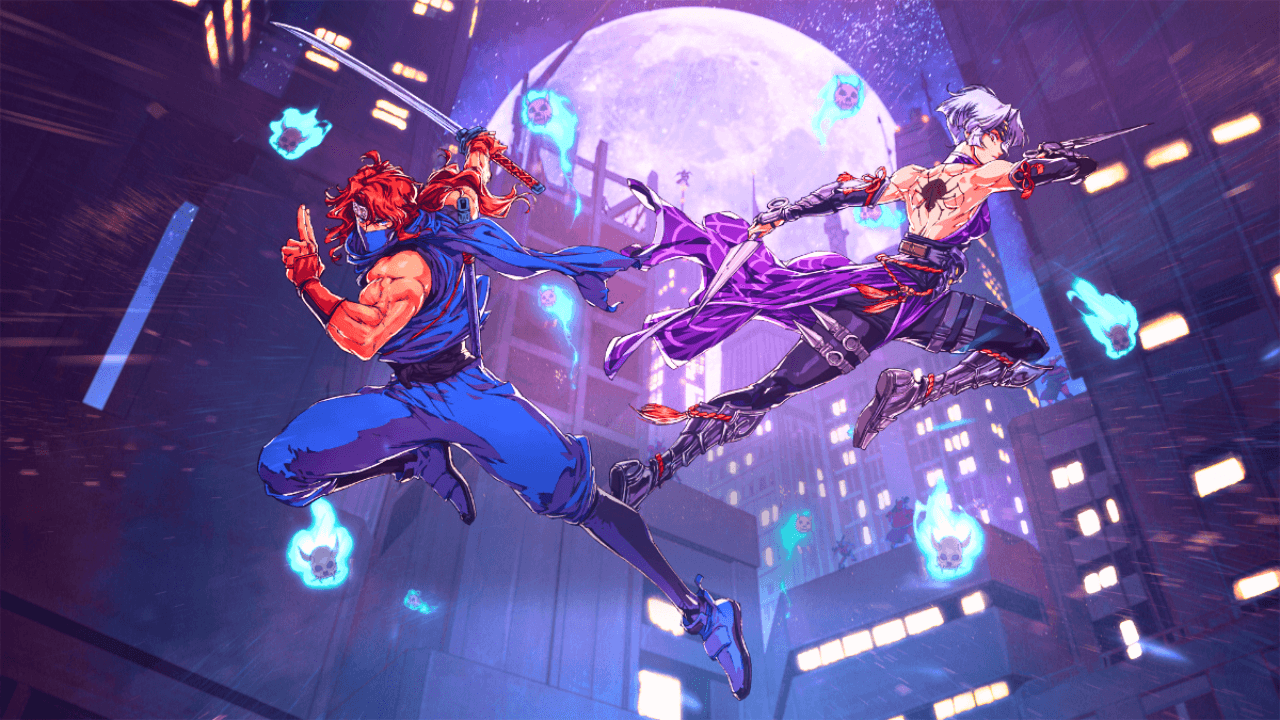Sumerian Six is a clone of the real-time stealth tactics games made by the sadly defunct Mimimi Games between 2016 and 2023. This is not a criticism, but a compliment – those games are uniformly wonderful, the genre is under-served, and Polish studio Artificer have replicated the formula very competently. Sumerian Six offers little that is truly new, but as a surprise entry in a small genre it is entirely welcome and easy to recommend.
Artificer, whose last release was the turn-based game Showgunners in 2023, have put their own thematic spin on stealth tactics. Sumerian Six takes the World War II setting that birthed this genre in the ‘90s and stirs in a generous helping of Nazi mysticism, the epic of Gilgamesh, and a Lovecraftian elder god. Our heroes are Enigma Squad, plucky scientists pressed into the war effort. This is a more than serviceable setup, but nothing as compelling as Shadow Tactics, Desperados III, or Shadow Gambit.
This proves to be the recurring theme. Every aspect of Sumerian Six is derived from, but never as strong as, the work of Mimimi Games. It would be difficult to overstate how much Artificer have lifted from their inspirations – even more than 2021’s War Mongrels, also made in Poland, which was already extremely similar. Veterans of the genre will be completely at home within seconds.

Over the course of ten missions – a somewhat low number for the genre, but they are large – Enigma Squad must gather their forces, disrupt the activities of Nazi mad scientist Hans Kammler, and prevent an extradimensional incursion. By deftly controlling between two and all six members of the squad, the player must evade enemy view cones, deploy distractions and deadly “accidents”, and gradually unpick Kammler’s defences. Every expected element is here, duplicated lovingly from the Mimimi template.
To be fair, Artificer do add some novelties of their own. This has always been difficult, in a genre with such a well-defined and engaging formula. Innovations are often downgrades, as with the flawed strategic elements in Partisans 1941. For its part, Sumerian Six adds an experience system. Each character gains XP for each of their abilities each time it is used. Exploring the maps thoroughly to find special crates offers much larger boosts, and upgraded skills are a little more effective. This mechanic certainly isn’t a downgrade, but it does feel largely pointless. Because they are optional, these upgrades are by their nature inessential – this is progression largely for its own sake.
More interesting are some of the character abilities. As expected, most of what Enigma Squad can do represents a reshuffle of familiar characters. De facto leader Alastair can whistle to draw enemies towards a trap planted on the ground – to a large extent he is Yuki from Shadow Tactics, but with a moustache. Siegfried is something more new. A creepy psychiatrist with occult leanings, he can deploy a machine which makes invisible any people within its area of effect. His “spirit bolt” is a lift of Teresa’s crossbow from Shadow Gambit, but is fun to use in its own right.
There is also some novelty in the shapeshifting character Wojtek. Subjected to one of Kammler’s experiments with the mysterious material “geiststoff” (or “spirit stuff”), he is able to transform between human and werebear forms. Presumably named for a real bear that “served” with the Polish Land Forces, Wojtek is powerful but attracts attention during his transformation. This presents some interesting tactical possibilities and challenges.

Artificer have also devised some novel threats for the squad to deal with. First introduced is the geist, a grotesquely modified Nazi officer with a skull for a face. Geists are capable of short-range teleportation, and are invincible except during a short period in which their power source is interrupted. Later comes the demon, an even more misshapen enemy soldier which is largely blind but periodically emits a pulse that can detect Enigma Squad, even through solid objects. Genre veterans will be left scratching their heads by these new challenges – at least at first, and especially in combination.
The map designs are strong but again, not quite up to Mimimi’s standard. An early highlight is an idyllic fjord-side village in Norway, where the abrasive chemist Rosa is added to the team. Much of the rest of the game is set in dusty locales in North Africa and the Middle East, steeped in Sumerian mythology. At times, it seems as if the design documents can be glimpsed through the levels – their structure can be a little too rigid and boxy. In general this is a colourful, comic book-esque vision of World War II, essentially the opposite of the grim darkness of War Mongrels.
If Sumerian Six has a principal weakness, is it in its character interactions, dialogue, and story. All of these feel quite boilerplate, and at no point do the Enigma Squad become a genuinely likeable or engaging group. Some characters are quite bland, particularly the adoptive siblings Sid and Isabella. Again, it is impossible not to be reminded of how well Mimimi Games handled characters, especially the warm and memorable interactions in Shadow Tactics.
While it does little that is genuinely new, and exists firmly in the shadow of its forebears, Sumerian Six is a thoroughly competent addition to the small canon of real-time stealth tactics games. It is a must-play for any fan of the genre. While Artificer were sadly subjected to job losses this year by their owner-publishers Devolver, hopefully they will have the chance to make an even stronger contribution to stealth tactics in the future.





